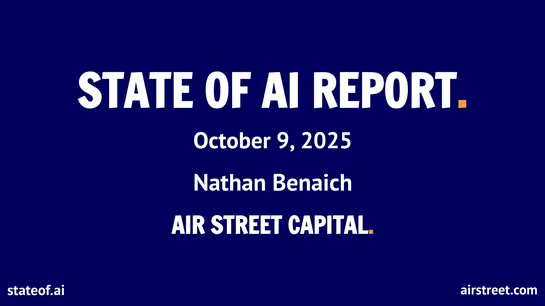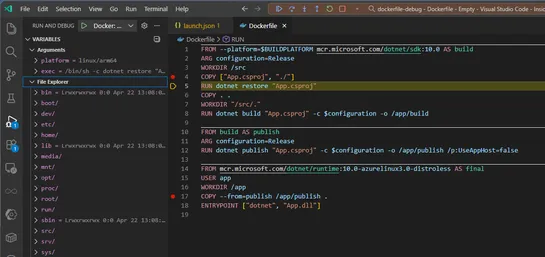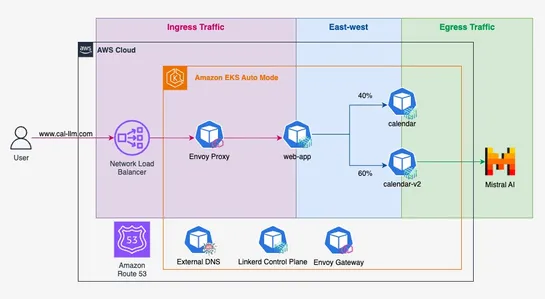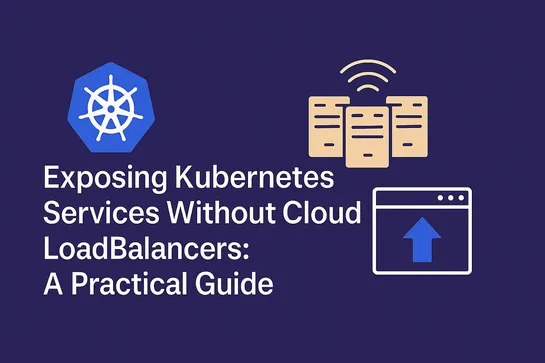State of AI Report 2025
The 2025 State of AI Report just landed—China’s catching up fast on reasoning and coding. Models like DeepSeek, Qwen, and Kimi are starting to nip at OpenAI’s heels. AI is thinking longer-term now. Reinforced reasoning and rubric-style feedback are pushing models into deeper, more deliberate plannin..









